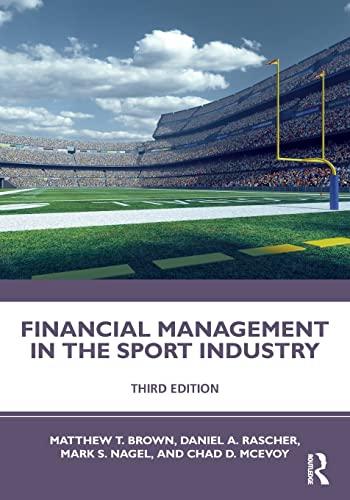
Problem 6-22 Level production and related financing effects (LO6-3) Esquire Products Inc. expects the following monthly sales: January February March April May June $ 38,000 July 29,000 August 22,000 September 24,000 October 18,000 November 16,000 December Total sales - $384,000 $ 32,000 36,000 39,000 44,000 52,000 34,000 Cash sales are 40 percent in a given month, with the remainder going into accounts receivable. All receivables are collected in the month following the sale. Esquire sells all of its goods for $2 each and produces them for $1 each, Esquire uses level production, and average monthly production is equal to annual production divided by 12. a. Generate a monthly production and inventory schedule in units. Beginning inventory in January is 22,000 units. January February March April May June July August September Esquire Products Inc. Production and Inventory Schedule in Units Beginning Sales Inventory Production 22,000 16.000 19,000 19,000 16.000 14,500 20,500 16.000 11,000 25,500 16,000 12,000 29,500 16,000 9,000 29,500 16,000 8,000 44,500 16,000 16,000 44,500 16.000 18,000 42,500 16,000 19,500 Ending Inventory 19,000 20,500 25,500 29,500 36,500 44,500 44,500 42,500 39,000 d. If the firm used the most aggressive asset-financing mix described in part a and had the anticipated return you computed for part a, what would earnings per share be if the tax rate on the anticipated return was 30 percent and there were 20,000 shares outstanding? (Round your answer to 2 decimal places.) Earnings per share e-1. Now assume the most conservative asset-financing mix described in part b will be utilized. The tax rate will be 30 percent. Also assume there will only be 5,000 shares outstanding. What will earnings per share be? (Round your answer to 2 decimal places.) Earnings per share e-2. Would the conservative mix have higher or lower earnings per share than the aggressive mix? Higher Lower Problem 6-22 Level production and related financing effects (LO6-3) Esquire Products Inc. expects the following monthly sales: January February March April May June $ 38,000 July 29,000 August 22,000 September 24,000 October 18,000 November 16,000 December Total sales - $384,000 $ 32,000 36,000 39,000 44,000 52,000 34,000 Cash sales are 40 percent in a given month, with the remainder going into accounts receivable. All receivables are collected in the month following the sale. Esquire sells all of its goods for $2 each and produces them for $1 each, Esquire uses level production, and average monthly production is equal to annual production divided by 12. a. Generate a monthly production and inventory schedule in units. Beginning inventory in January is 22,000 units. January February March April May June July August September Esquire Products Inc. Production and Inventory Schedule in Units Beginning Sales Inventory Production 22,000 16.000 19,000 19,000 16.000 14,500 20,500 16.000 11,000 25,500 16,000 12,000 29,500 16,000 9,000 29,500 16,000 8,000 44,500 16,000 16,000 44,500 16.000 18,000 42,500 16,000 19,500 Ending Inventory 19,000 20,500 25,500 29,500 36,500 44,500 44,500 42,500 39,000 d. If the firm used the most aggressive asset-financing mix described in part a and had the anticipated return you computed for part a, what would earnings per share be if the tax rate on the anticipated return was 30 percent and there were 20,000 shares outstanding? (Round your answer to 2 decimal places.) Earnings per share e-1. Now assume the most conservative asset-financing mix described in part b will be utilized. The tax rate will be 30 percent. Also assume there will only be 5,000 shares outstanding. What will earnings per share be? (Round your answer to 2 decimal places.) Earnings per share e-2. Would the conservative mix have higher or lower earnings per share than the aggressive mix? Higher Lower








